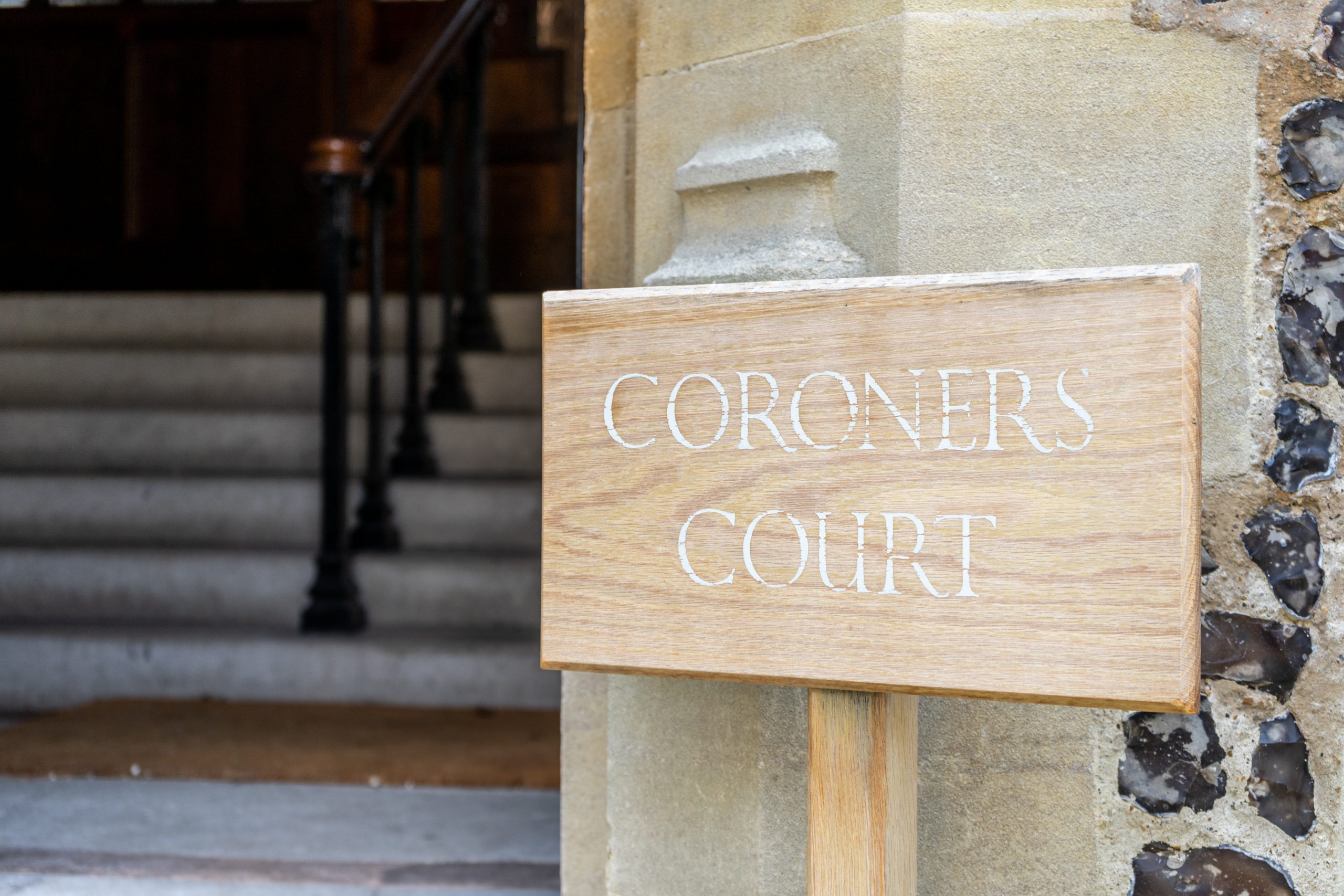Drafting Family Orders – the New ‘House Rules’ and Standard Family Orders – May 2023 | Part 2 – Financial Provision and Divorce Orders

The revision to Standard Family Orders (SFO) released on 17 May 2023 are said to:
“Reflect changes in law, practice, and procedure. In part, they have been amended to achieve internal consistency and clarity of phraseology. Formatting and stylistic improvements have also been made.” (Advisory Notice by Mr Justice Peel, Judge in Charge of the Standard Orders).
In Part 1, Katherine Goss set out the May 2023 key changes to Private Children orders : https://www.parklaneplowden.co.uk/new-house-rules-and-standard-family-orders-may-2023/
This second advisory note therefore concentrates on the May 2023 key changes to the Financial Provision and Divorce orders as a result of the May 2023 revision and also sets out in summary the new “House Rules” on how to draft orders.
As before, the SFOs do not have the status of “forms” under FPR Part 5. The default position is that they should be used, but parties and the court are permitted to adapt them to such extent as may be appropriate.
Click on the above link to access:
- Download HouseRules.May2023.docxfile
- Download SFO-Vol-1-150523.zipfile
- Download SFO-Vol-2-150523.zipfile
The Family Orders May 2023 ‘House Rules’ are then in summary :
1) All orders made by the Family Court and the High Court (Family Division) are to be in the standard forms as contained in Vol 1 and 2 so when drafting orders, whether by consent or following a hearing you should use the standard order templates adapted as appropriate to the facts of the case.
2) Recitals -in a financial order these should appear at the beginning of the order BUT in a children order they are to be at the end of the order. Recitals must only record necessary information, drafted in as short and neutral a manner as possible. They should not record what happened in the hearing and should be limited to essential background matters which are not part of the body of the order. Any purported views of the court which did not form part of the court’s decision should not be recited. The recording of a party’s position before, during, or after the hearing as a recital should cease unless the standard order template requires such information.
3) Do Not – recite the documents read, or witnesses heard, save without notice hearings, in which case the details shall be recorded in a recital as shall the reason for the hearing being made without notice
4) Third party disclosure orders/non-party orders need to be done as separate orders not contained in the main order from the proceedings, but the main order should record that separate order(s) have been made and should identify what the separate order was for and the date by which any information / evidence arising from that order is to be disclosed.
5) Format of order:
a. The body of orders should always be prepared in Times New Roman font, 12 point, with single spacing.
b. An order shall be consecutively numbered from 1 irrespective of whether the paragraph in question concerns a definition, recital, agreement, undertaking or order. Where possible, and in any event as provided in the standard order templates, recitals in children cases should appear in a schedule to the order. The numbering of paragraphs in any schedule shall recommence as paragraph 1.
c. Subparagraphs, to two levels only, are permitted and shall be numbered (a), (b) etc, then (i), (ii) etc (with or without brackets).
d. So far as possible, the order should contain orders and directions in a chronological order, save that the directions in respect of the next hearings should appear at the start of the order.
e. An order shall state in its heading the statute(s), or European Regulation(s), or Protocol under which the powers in question are exercised. It shall not state that the inherent powers of the court are being exercised.
6) Parties:
a. The parties shall be specified at the beginning of the order.
b. Use the “applicant” and the “respondent” not in the main suit (i.e. petitioner and respondent) save in respect of orders made in the main suit.
c. Children shall be referred to by their first forename and surname.
d. Each child shall be numbered as a separate respondent.
e. The children’s guardian shall be referred to as “the guardian.”
f. If a party acts by a litigation friend, or a child by a children’s guardian, this must be stated in the paragraph of the order detailing the parties to the proceedings.
7) Where a party was represented by an advocate, that advocate shall be named on the face of the order. Formality of naming should be preserved, with the advocate being identified as “Mr / Mrs / Miss / Ms etc. [surname]” or by their first name and surname. If the advocate is counsel, the order should so state.
8) Where a standard order template requires contact details to be inserted into the paragraph detailing the parties to the proceedings, those contact details shall be of the party if a litigant in person, or of the solicitors on the court record if the party is represented. Contact details for counsel should not be used.
9) Clear English (or Welsh in Wales) should be used at all times. Archaic legal language (“the party of the first part,” “hereinabove,” “heretofore” etc.) should be avoided.
10) If definitions are required, they shall appear in the recitals. Abbreviations may be used.
11) In the body of the order, parties should be referred to by their status (e.g. “applicant” and “respondent”) rather than by their role in the proceedings (e.g. the mother, the father etc.)
12) Although not grammatically pure the plural pronoun “their” should be used in a singular sense instead of “his or hers.”
13) An obligation to do an act as provided for in an order shall be taken to include causing the act to take place. Thus the phrase “or cause to be paid,” does not need to be included in an order.
14) An obligation to do an act within a specified period shall state the actual date and time by which the act must be done.
15) Where a direction or order is for a party to do something, it must be directed to the party and not to their solicitor.
16) Dates shall be specified and must use the full name of the month and the year in full form (e.g. 17 May 2013 and not 17th May 2013 or 17/5/13 or May 17th, 2013 or “this 17th day of May 2013”). Times must be stated using the 24-hour format (e.g. 17:00 or 12:00, not 5pm or noon.)
17) Distances should be specified metrically up to 1,000 metres. Beyond that distance either system, imperial or metric, may be used.
18) Monetary sums shall be denoted numerically, save that for sums expressed in millions the abbreviation “m” may be used. Other variants e.g. “M” or “millions” should not be used. Currencies shall be expressed by the usual symbols. Thus, for example, £, €, US$ and A$ should be used, not GBP, EUR, USD, and AUD.
Changes to the Standard Family Orders (Financial Provision)
Key Practical issues and the need for change:
- The SFO ‘long directions order’ was (in the 2020 incarnation) at 46 pages extremely long and needed wholesale revision.
- Across the board the orders needed to accommodate directions for remote hearings and electronic bundles and to update the forms in the light of the Efficient Conduct Statement.
- Given that the Divorce Dissolution and Separation Act 2020 is now in force the terminology used in divorce, dissolution, nullity, and separation proceedings needed updating
Specific changes
- The ‘long’ directions order is now down to 32 pages from 46 pages .
- The orders accommodate directions relevant to remote hearings and the guidance on electronic bundles (paragraph 76 Order 7.0 Vol 2)
- The orders incorporate the provisions of the Domestic Abuse Act 2021, including prohibition against cross examination provisions, and the appointment of a Qualified Legal Representative (Vol 2 Orders 24.1-24.7)
- The orders contain directions supporting the Statement on the Efficient Conduct of Financial Remedy proceedings in the Financial Remedies Court Below High Court Judge level.
- The Financial Directions Orders (Order 1.1 and 1.2) orders give a greater steer for the commissioning of SJE experts rather than sole experts, and for their reports to be considered by the court without personal attendance at the hearing. This extends to there being in the Order 1.1 Long version specific reference that the court is highly likely in the first instance to make an order for a single joint expert report and that it is only as a result of a Daniels v Walker application, or for some other reason, that the court permits one or both parties to obtain their own expert report.
- The financial orders include additional undertakings such as (i) not applying for decree absolute/final decree until 28 days after the making of a financial order (relevant for the making of a pension sharing order); (ii) removal of Land Registry notices; and (iii) obtaining a Get.
- The orders incorporate the provisions of the Divorce and Dissolution Act 2020, incorporating the new terminology for divorces – conditional order and final order in place of decree nisi and decree absolute – although retaining both options for the time being while this change takes effect.
- The orders incorporate the provisions of the Domestic Abuse Act 2021, including prohibition against cross examination provisions, and the appointment of a Qualified Legal Representative.
- The financial orders include draft costs orders updated to reflect changes in practice and guidance on costs.
- The financial orders include draft directions and substantive orders on pensions updated to reflect changes in practice and guidance in this area.
- The financial orders include a free-standing draft order to accommodate the Accelerated First Appointment procedure.
- The orders include a Permission to Appeal directions order.
- Warning notices have been updated and made consistent.
Conclusion
It would serve all practitioners well to always have the ‘House Rules’ in mind to ensure that Orders do not require amendment by the court and to update personal templates with the new SFO’s.
Julia Nelson is the head of the family law team at Parklane Plowden Chambers. Julia’s practice specialises in Financial Provision and Private Children Law.










